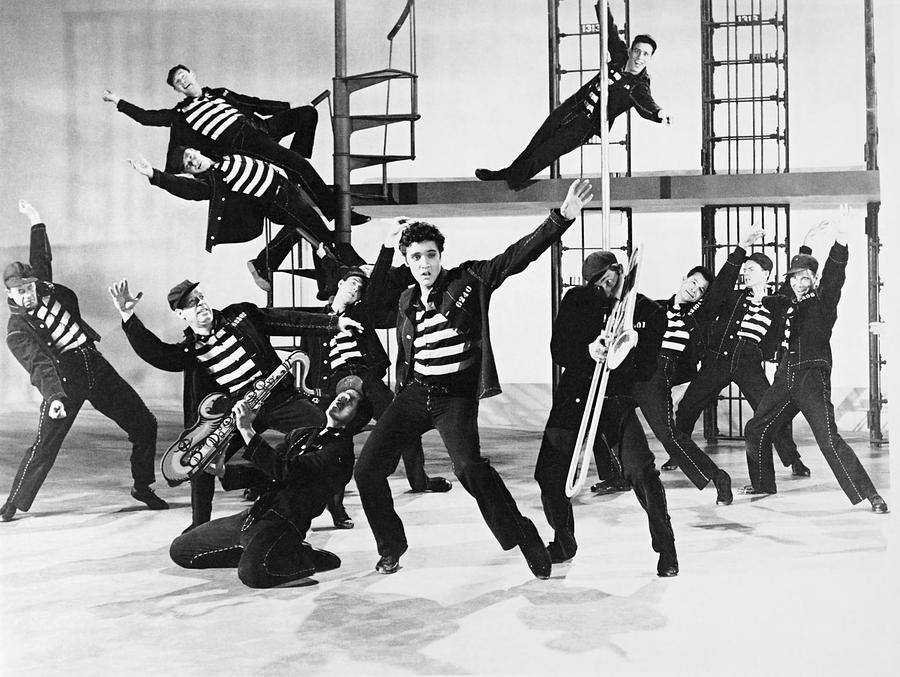The melodious, full voice of Louis Armstrong rings throughout the room, complemented by Ella Fitzgerald’s softer, muted vocals. No, this is not the newest TikTok adaptation or pop song, but an all-time favorite: “Dream a Little, Dream of Me.”
Spotify’s data indicates that this year there has been a 54% increase in listeners creating nostalgia-themed playlists, including music from the ‘50s, ‘60s, ‘70s and ‘80s. Iconic songs like “Jailhouse Rock,” “At Last,” “Ain’t No Sunshine,” “Take on Me” and “I Gotta Feeling” have knocked newer pop songs off their thrones as the most commonly added songs to playlists.
But why, after a pop-obsessed decade, have people started to return to older, more nostalgic music rather than catchy hooks and upbeat dance rhythms? How is music today lacking in ways that seemingly outdated genres are not?
The answer may lie in the global pandemic.
In World War II, both soldiers on the front lines and scared individuals at home relied on music to cope with dangerous times and uncertain futures. Motivational songs like “Cleanin’ my Rifle” and soulful melodies like “It’s Been a Long Long Time” played on radio stations, which gained unparalleled popularity both in the United States and abroad.
Though people rely on streaming services like Spotify, Apple Music and Pandora more often than the radio now, the concept remains the same: music is an outlet for people of all backgrounds to convene in times of uncertainty and crisis; amid a global pandemic and social isolation, music is a refuge.
An Atlantic article headlined “People Are Remembering What Music Is Really For” explains the human need to connect with others through the form of music. It insightfully stated that “listening that revolves around headphones, singular geniuses, aesthetic subcultures, and record-industry behemoths is, in other words, not what’s generating heat right now.”
What is generating heat right now is music that allows people to safely participate with others. According to BBC UK, five radio stations synced together for a communal singalong. NPR reports that neighborhoods have organized singalongs in metropolitan areas like Dallas, Seattle and Chicago. College and church acapella groups created renditions of old songs online and shared them across the web. The headphone culture has disappeared.
How does old music fit into this picture?
A Spotify article points out that the answer may lie in the nature of music that is created nowadays. Hyper-individualized genres of music are catered to smaller groups and fit specific aesthetics, and many consider the lyrics of pop songs to be repetitive and meaningless. Older music is more universal as more people have access to it and it was created with more general audiences in mind.
New bands and artists seem to have identified the need to reclaim seemingly outdated genres and incorporate their signature style to meet the demands of audiences. BTS’ Dynamite features classic elements of pop while infusing the disco elements of ‘80s music. Pop star Taylor Swift, in her new album “folklore,” takes a break from pop and instead focuses on soulful, calming music that centers on storytelling rather than popular choruses and verses.
And perhaps, older music simply reminds people of a better time in which individuals were united and liberated — that is, when they were not stuck at home.
It seems that the purpose of a shift to older genres and music is twofold: to feel more connected to other people, as well as to process individual feelings in a time where everything is new and chaotic. It is the human way of accepting the current circumstances, finding our inner peace, and letting the nostalgia take over as people dance in their bedrooms to “Take on Me” or cry along with “Que Sera, Sera.” It is their way of making new friends by creating a collaborative Spotify playlist or singing along to “Ain’t no Mountain High Enough” with their neighbors.
